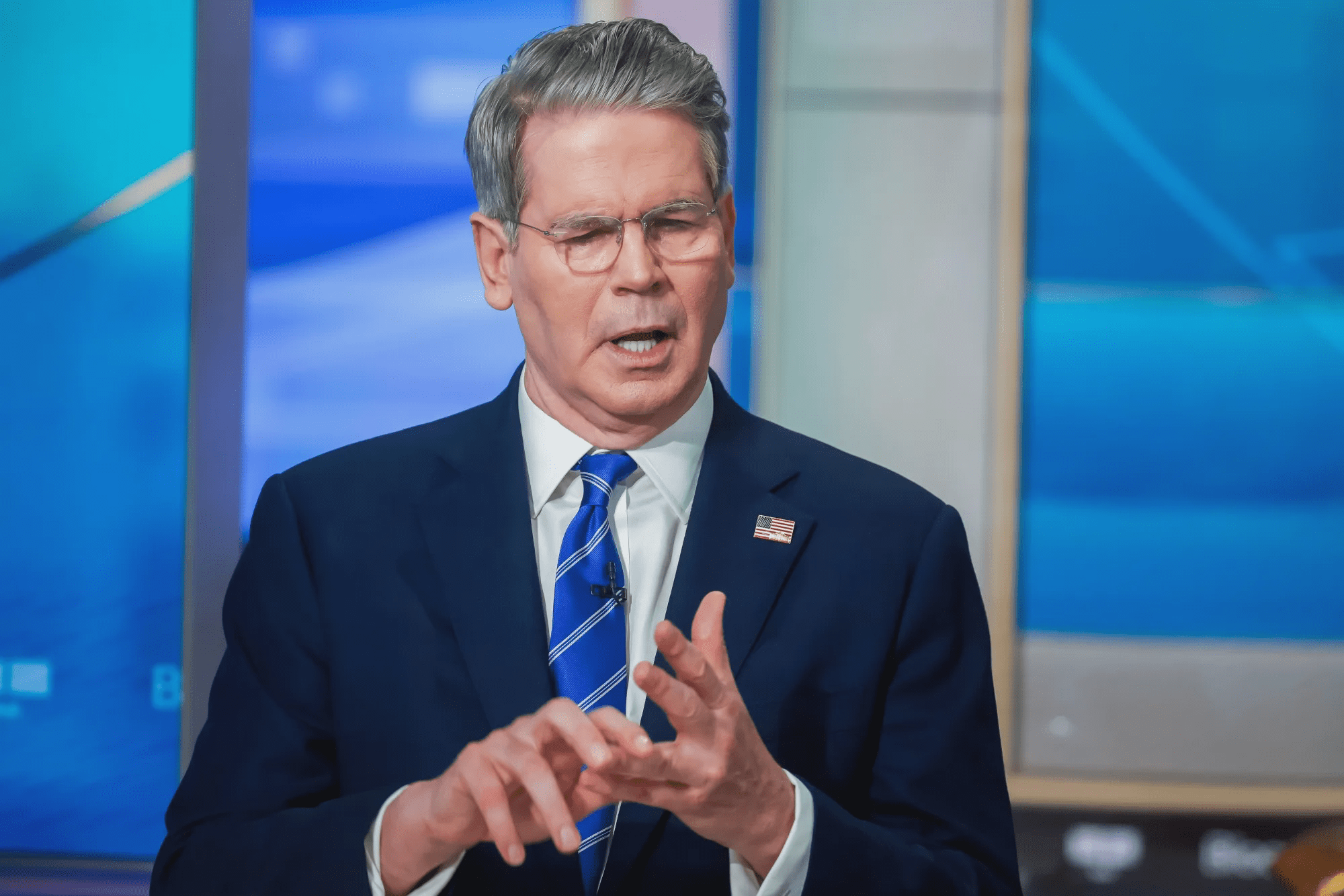In a short interview segment with Fox Business on Thursday morning, U.S. Treasury Secretary Scott Bessent stated that the government will not buy more Bitcoin for President Donald Trump's strategic reserve, estimating the current value of the holdings at around $15–20 billion.
Bessent described the strategic Bitcoin reserve as a step for the U.S. to "begin entering the 21st century," asserting that the currently seized Bitcoin assets will continue to be held, not sold, and that future seized assets could increase this reserve.
"We will not buy more, but will take advantage of seized assets and continue to accumulate. We will stop selling," he told Fox Business. "At the current price, I believe that the U.S. Bitcoin reserve is about $15 to $20 billion."

When asked whether the U.S. would revalue the 261.5 million ounces of gold it holds — currently recorded at about $11 billion based on the 1973 price of $42.22 per ounce but with a market value of around $750 billion — Bessent expressed doubt about the possibility of revaluation but affirmed that gold would still be held as a store of value.
Later, Bessent wrote on X that the Treasury is "committed to seeking budget-neutral options to buy more Bitcoin, expanding the reserves," reiterating previous positions.
The journey of forming the Bitcoin reserve
Shortly after taking office on January 20, President Trump signed the first executive order related to cryptocurrencies, establishing the "Presidential Task Force on Digital Asset Markets" led by White House cryptocurrency advisor David Sacks, tasked with building a federal legal framework for digital assets and exploring the establishment of a "strategic national digital asset reserve."
On March 6, Trump accelerated the process with an executive order establishing the U.S. strategic Bitcoin reserve, based on approximately 198,022 BTC that the government holds, mostly seized from criminal or civil cases, except for assets needing to be returned to victims.
Trump also tasked Bessent and Commerce Secretary Howard Lutnick with developing a strategy to buy more Bitcoin without incurring additional costs to U.S. taxpayers. This executive order simultaneously established the U.S. digital asset reserve for other digital assets beyond seized Bitcoin, but the government affirmed it would not buy more outside of seized sources.
The White House task force has 180 days to complete the cryptocurrency roadmap report, to be published at the end of July but with few new details about the Bitcoin reserve. Federal agencies must submit reports by April 5 regarding the transfer rights of digital assets into the reserve. By May 5, Bessent is expected to present a legal assessment and investment strategy, but these deadlines have passed without public information.
The crypto market was in the red after Bessent's remarks and hotter-than-expected PPI data
Immediately after the interview and the higher-than-expected July producer price index (PPI) data, the cryptocurrency market sharply declined. Bitcoin dropped more than 4%, from over $121,000 to below $118,000 before slightly recovering and is currently trading around $118,327 (according to The Block).
Ether fell more than 5% to below $4,500, while the GMCI 30 index — representing the top 30 cryptocurrencies — lost 4% in just about an hour.
U.S. July PPI data increased by 3.3% year-over-year, higher than the forecast of 2.5% and up from the revised 2.4% in June, marking the highest annual increase since February. Compared to the previous month, PPI rose by 0.9% — the highest since June 2022.